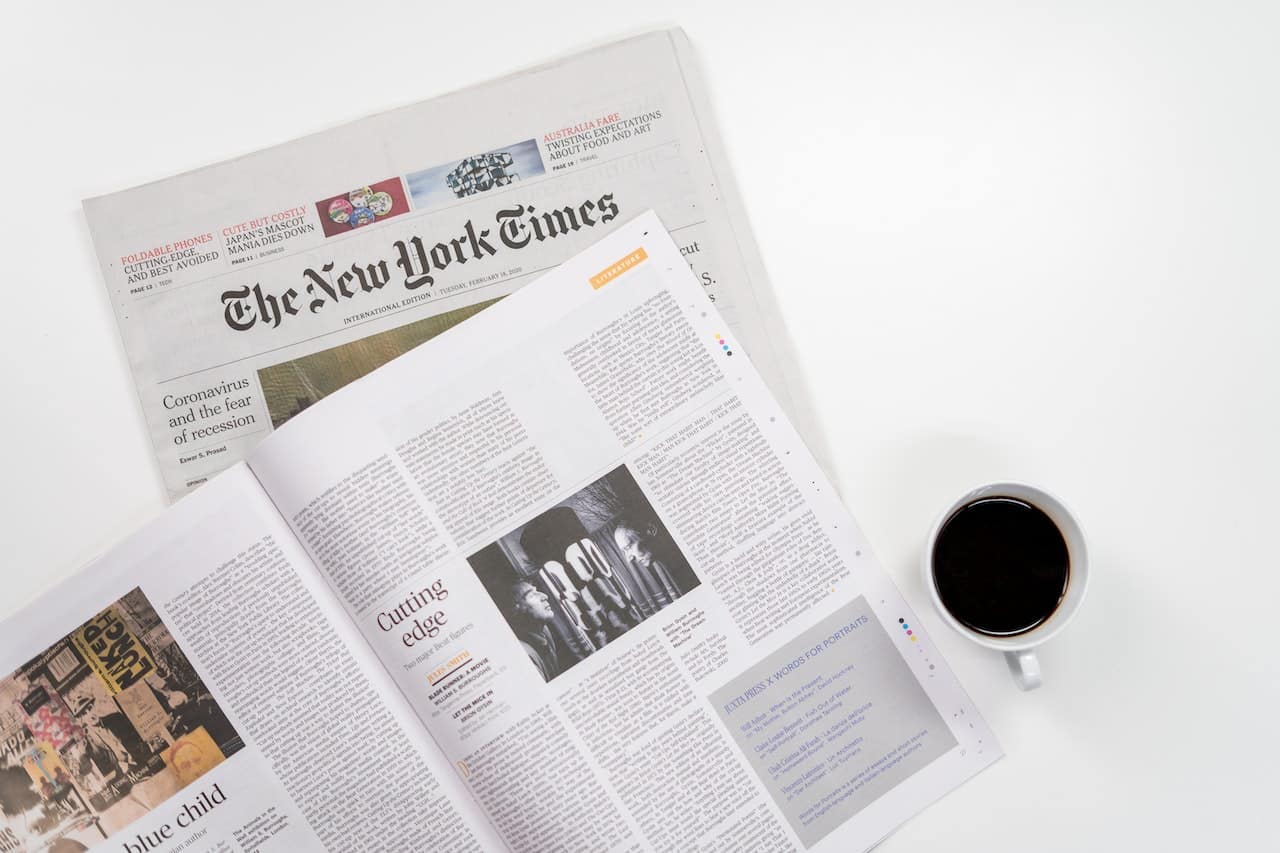Last updated on February 19th, 2024
Photojournalism has been an integral part of journalism since the invention of the camera.
Today, it is a profession that is highly respected. But when did photojournalism become an important profession? Let’s look at how photojournalism has evolved over time and why it is such an essential tool for journalists today.
The Beginnings of Photography and Journalism
Photography was first invented in 1839, and by 1840, photographs were used to document news events.
By the mid-1800s, photography was used to capture images of significant historical events, such as battles during the Crimean War (1853–56).
Photography began to be used in newspapers by the 1860s, with publications such as The New York Times and the London Illustrated News featuring photos alongside their stories.
The Rise of Photojournalism
By 1910, most major newspapers had adopted photography as a regular feature on their pages.
As photography technology improved throughout the 20th century — with faster cameras, better lenses, and more sophisticated film — the quality of photos also improved.
This enabled photographers to capture more dynamic and vivid images than ever before. During this period, photojournalism emerged as a distinct profession within journalism. Professional photographers could now use their skills to tell stories through pictures instead of words.
The Impact of Digital Technology on Photojournalism
In the 21st century, digital technology has revolutionized photojournalism even further.
With digital cameras and smartphones, photographers can now take higher-quality photos than ever before while also having access to powerful editing software that allows them to enhance or manipulate images quickly.
The ease and speed with which digital photos can be shared over social media or other online platforms have made it easier for journalists to share stories with wider audiences worldwide instantaneously. Nearly every new DSLR can now be used as a journalist camera.
Verdict
In our opinion, photojournalism became popular and important in the early 1900s.
Today, photojournalism is one of the essential tools available for journalists wanting to tell compelling stories about events happening around them — both locally and globally — in ways that words alone cannot do justice.
From its humble beginnings in the mid-19th century to its current status as an indispensable tool for modern journalism, photojournalism has come a long way — and there’s no telling what heights it will reach next.
Frequently Asked Questions
What is the purpose of photojournalism?
Photojournalism is a powerful form of visual storytelling, providing people with an eye-opening perspective into the world around them. It is a collaborative tool between the journalist, who captures the images and collects the facts, and the audience, who can view events they would otherwise never have known about.
Through photojournalism, people can experience global issues firsthand and choose to remain informed or take action.
And it’s not just limited to breaking news — everyday stories are just as valuable and can spark much-needed conversations on human rights and social development.
By using photojournalism to showcase both critical perspectives and unique glimpses of everyday life, we can continue to grow our understanding of a diverse world of perspectives.
Why is photojournalism so important?
Photojournalism is a powerful medium for communicating stories and presenting information the public needs to know. By connecting viewers with those impacted by events, photojournalists play an essential role in facilitating dialogue regarding global issues.
Moreover, imagery can often transcend language barriers, stirring emotions of empathy and understanding amongst many people of different cultures.
Photojournalists have an invaluable responsibility to accurately record moments that cannot be recreated or experienced twice while also affording a unique perspective on history.
In summary, photojournalism is a critical tool for social change and progress — both heartwarming and heartbreaking — which should not be overlooked.
Liya Kravchenkin is an experienced portrait photographer. She has worked with clients worldwide and has even traveled to more than 50 countries. Liya loves photography because it allows her to capture a moment that can never be repeated. Liya also enjoys traveling, learning about new cultures, and seeing the world’s unique natural wonders. Her favorite travel memories are from swimming with dolphins in the Galapagos and eating cheesecake in New York City.

